Weekly Writing Summary For The Week Ending 5/09/2024
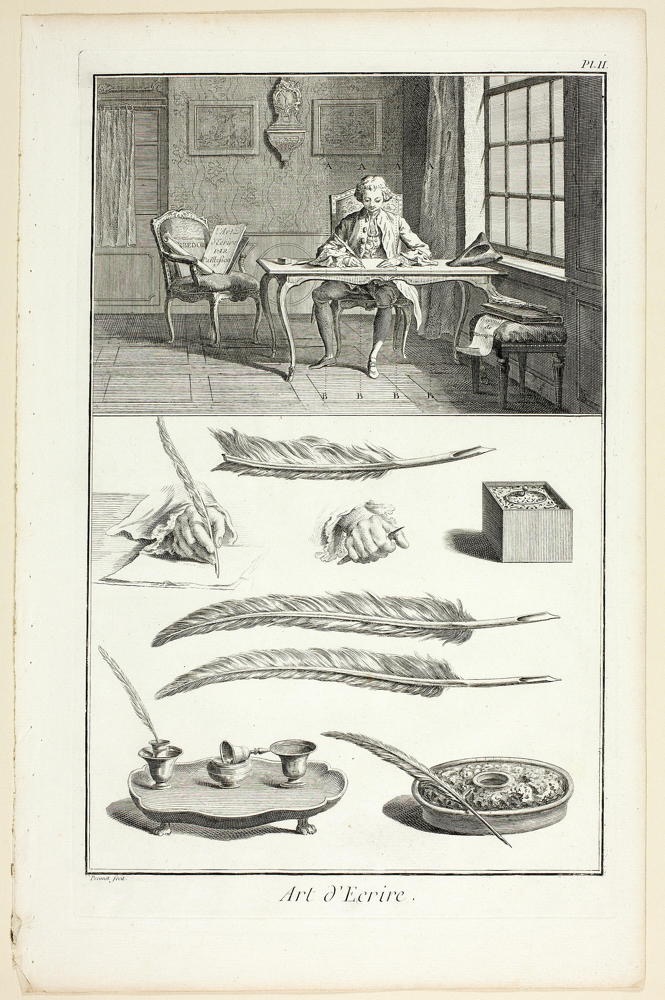
Benoît-Louis Prévost: Art of Writing, from Encyclopédie (1760)
Stand For Their Ambiguous Selves
I find it fascinating how failing to figure out what this life’s all about might prove to be what this life’s all about. Any notion that any of us might reach any authoritative conclusion seems lame in actual execution. Our questions might best exist unanswered, their purpose never actually being resolution but a representation of the inherent unanswerability of many of our questions. Go ahead and open up your Fambly history to public scrutiny. No amount of second-guessing will very likely resolve very much of anything. The significant questions might properly remain unanswerable. We rile. We stir the soup not to improve the flavor but to keep some of it from sticking and scorching on the bottom of the vessel. After all of this effort to tell these stories, I’m left believing that these stories probably always stood up for themselves. I’m no judge. I’m no master reinterpreter. I must have no idea what any of these stories ever meant. They have to stand up for themselves, indifferent to whatever you or I conclude. My purpose might have never been to conclude for my forebears. They might get to stand for their ultimately ambiguous selves. Just like us.
Weekly Writing Summary
This Fambly Story continues bringing together my family history's spokes and threads into a definite location, Condon, moving ever closer to my arrival.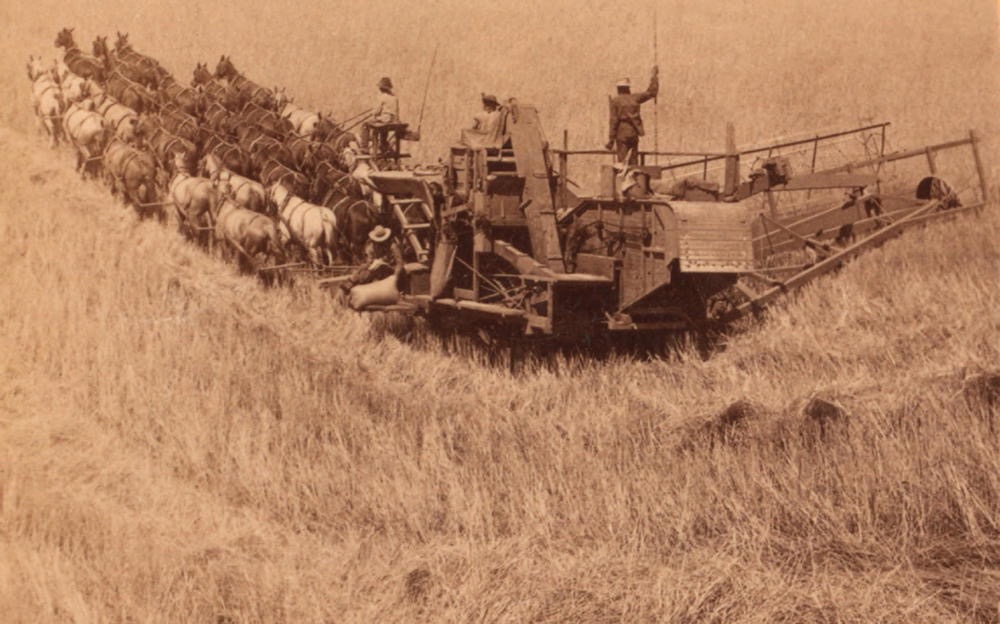
Evolution of sickle and flail, 33-horse team harvester, cutting, threshing, and sacking wheat, Walla Walla, Washington. (1902) Stephen A. Schwarzman Building / Photography Collection, Miriam and Ira D. Wallach Division of Art, Prints and Photographs, New York Public Library
"I visit her every Memorial Day."
—
This Fambly Story, Bob, finally combines all the prior threads and spokes to produce the great convergence, the moment in space and time when I was created.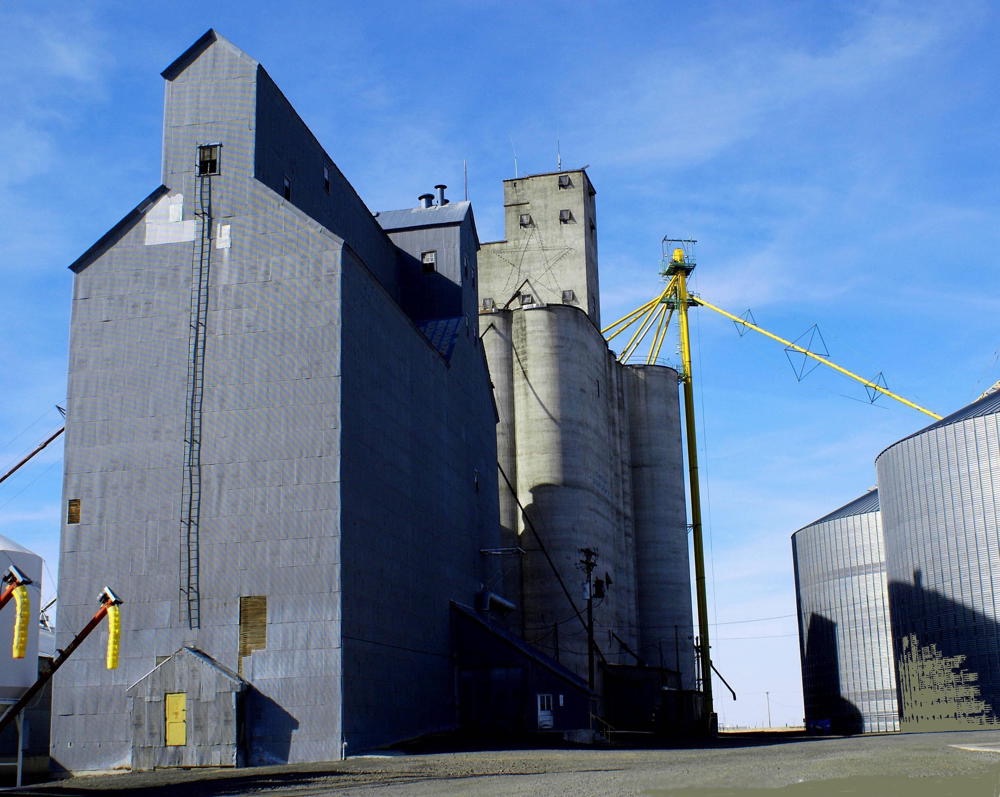
Grain Elevator, Condon, Oregon
" … the gods of genealogy will decide."
—
This Fambly Story begins describing the changes I'm experiencing as a result of studying my Fambly genealogy, ANewCatechism.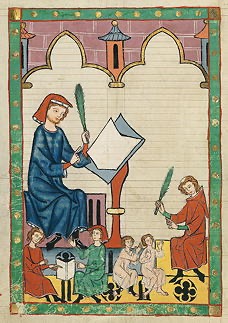
Master of the Codex Manesse: Codex Manesse, fol. 292v, "The Schoolmaster of Esslingen" Der Schulmeister von Eßlingen) (between 1305 and 1340)
" … reliably vanquishing dragons since before St. George."
—
This Fambly Story focused on the extraordinary females, ClarissimaFemina, populating my family tree's leaves and branches, for they often proved the more exciting parts of the history.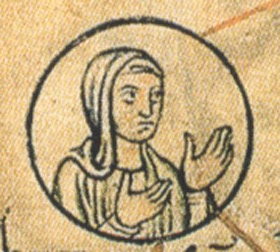
Detail from the Chronica sancti Pantaleonis: Hedwig of Saxony - One of my 31st Great-Grandmothers (12th century)
" … and sometimes even saints."
—
In this Fambly Story, Names, I finally find some justification for my otherwise embarrassing middle name.
By Graoully - Self-photographed, CC BY-SA 3.0, https://commons.wikimedia.org/w/index.php?curid=2770007 Vitrail représentant saint Arnould, chapelle Sainte-Glossinde. Stained glass representing Saint Arnould, Sainte-Glossinde chapel. (One of my 43rd Great-grandfathers)
"I could have been named after another forebear …"
—
This Fambly Story resulted from me wandering somewhat aimlessly around the old family tree and stumbling upon something I thought might be interesting, like an ancestor with the unlikely name of Fulk II of Anjou. 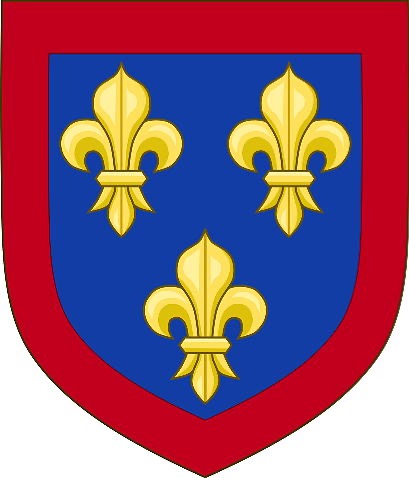
Coat of arms of Hercule (François) of Valois, Duke of Anjou By Carlodangio - Own work, CC BY-SA 4.0, https://commons.wikimedia.org/w/index.php?curid=61574700
"I'm a dabbler …"
—
This writing week watched me finally bring all my Fambly’s genealogy branches, threads, and spokes into a single specific space: Condon, Oregon, the unlikely Eden at the beginning of my personal Oregon Trail. Unlike every one of my forbears, I started my “westward” journey already in the west. Since then, I’ve rambled east, further west, south, and north, each excursion another segment on my personal Oregon Trail, for once THE Oregon Trail’s traversed by forebears, the progeny’s traveling no longer necessarily trends physically west, only notionally west. In my sense, progress only occurs with westward movement, even westward movement that might appear to even the most astute observer to move in some other direction.
Before writing about these excursions, I failed to anticipate what anyone would do once they’d successfully traversed their Oregon Trail. I suppose we each, by nature or by the influence of nurture, imagine our troubles evaporating once we’ve successfully navigated anything as daunting as an Oregon Trail when actual Oregon Trails tend to be only a once-in-a-very blue-moon experience that influences everything and nothing ever after. Only one of each of the many generations I’ve mentioned in this series engaged in traveling The Actual Oregon Trail. For some, it was no huge deal. They’d survived much more daunting before even thinking of leaving St. Joe. For some, it was terminal. Those who didn’t survive to arrive on the other side, their stories survived.
While creating this series, I realized just how epic even my most meager migrations have been, each a segment of some grander but more subtle migration. I suppose it was similar for those who actually traveled that actual mid-nineteenth-century Oregon Trail. I visited a lifelong friend nearing his personal Oregon Trail's end this morning. I asked him if he had finally found wisdom. He’d always been the smartest person in every room, but wisdom always seemed to have evaded him then. He went silent. I asked him five full minutes later if he was responding by not responding, perhaps the greatest possible evidence of wisdom. He couldn’t respond. I know almost for sure that the wisdom we pursue might necessarily evade our best attempts to share. You and I should interpret Condon, Bob, ANewCatechism, ClarissimaFemina, Names, and even the freaking Fulk II of Anjou as metaphors, not the specific stories they entail but something different. I might write these stories to describe what only silence can adequately explain. Thank you for following along!
©2024 by David A. Schmaltz - all rights reserved


